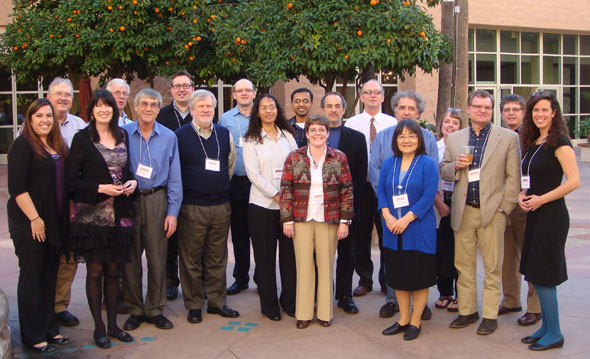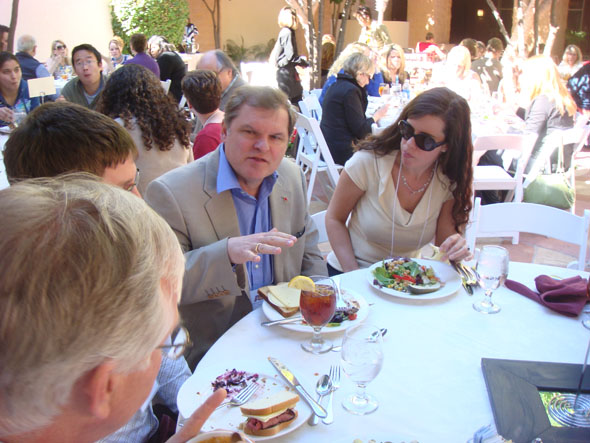Jan.14 – 15
2011
The DNA in every human cell is about two metres long. Somehow it has to be packed into the tiny cell nucleus. Which presents nature with a problem: how can a thread so long be compacted without excessive tangling and knotting? Furthermore, in order for genes to be read, they need to be exposed to enzymes. That requires the DNA to be continually unraveled and re-packaged in an exquisitely precise and controlled manner. The first level of compaction is understood: the famous double-helix of DNA is wound around little reels made of proteins called histones, like beads on a string, forming what is referred to as chromatin. Many more levels of folding and wrapping produce the structures known as chromosomes, familiar from photographs of cell nuclei.










